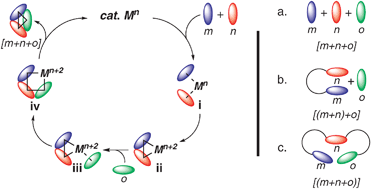Stereoselective transition metal-catalysed higher-order carbocyclisation reactions†
Abstract
Transition metal-catalysed higher-order carbocyclisation reactions represent an important class of reactions due to their ability to

* Corresponding authors
a
University of Liverpool, Department of Chemistry, Crown St., Liverpool, UK
E-mail:
Andrew.Evans@liverpool.ac.uk
Fax: +44 (0)151-794-1377
Tel: +44 (0)151-794-3523
Transition metal-catalysed higher-order carbocyclisation reactions represent an important class of reactions due to their ability to

 Please wait while we load your content...
Something went wrong. Try again?
Please wait while we load your content...
Something went wrong. Try again?
P. A. Inglesby and P. A. Evans, Chem. Soc. Rev., 2010, 39, 2791 DOI: 10.1039/B913110H
To request permission to reproduce material from this article, please go to the Copyright Clearance Center request page.
If you are an author contributing to an RSC publication, you do not need to request permission provided correct acknowledgement is given.
If you are the author of this article, you do not need to request permission to reproduce figures and diagrams provided correct acknowledgement is given. If you want to reproduce the whole article in a third-party publication (excluding your thesis/dissertation for which permission is not required) please go to the Copyright Clearance Center request page.
Read more about how to correctly acknowledge RSC content.
 Fetching data from CrossRef.
Fetching data from CrossRef.
This may take some time to load.
Loading related content
